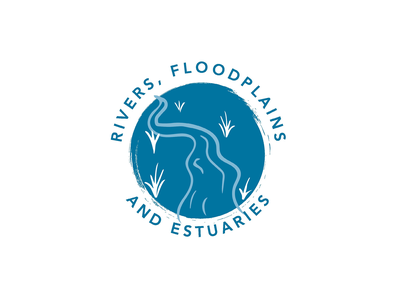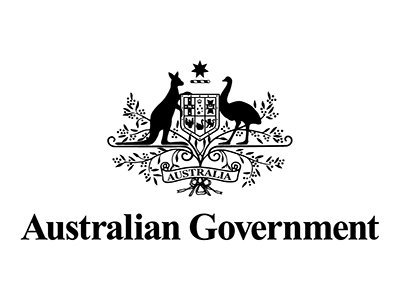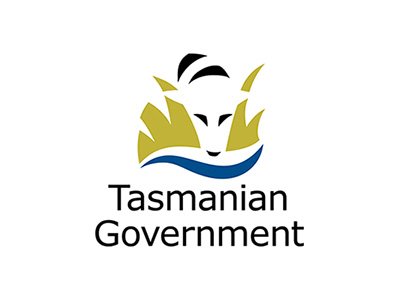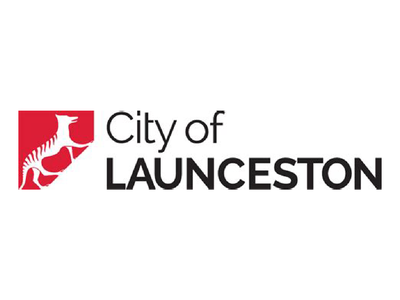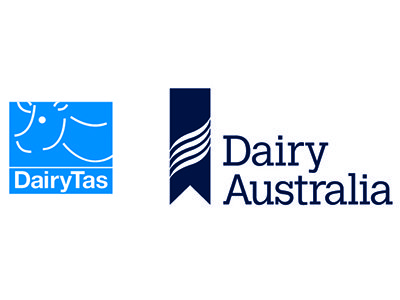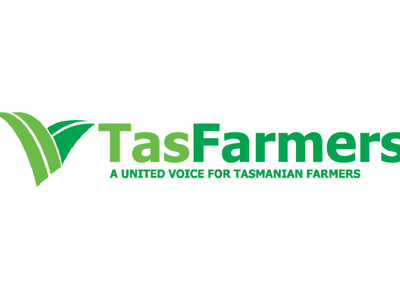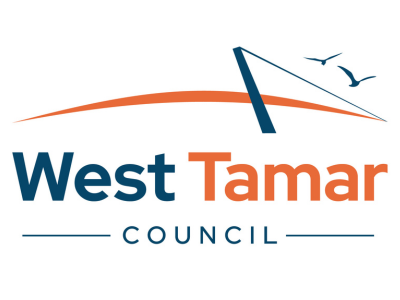Tamar Action Grants - For our estuary's future
Welcome to the dedicated home for our new video series celebrating the ongoing success of the Tamar Action Grants (TAG). Over the past six years, we've collaborated closely with landholders to improve the health and resilience of the Kanamaluka / Tamar estuary.
The Tamar Action Grants have demonstrated that simple actions can lead to substantial reductions of pathogens in our waterways. Through these videos, you’ll meet landholders, learn about practical solutions, and see how working together brings long-term benefits to the estuary, farms, and our communities.
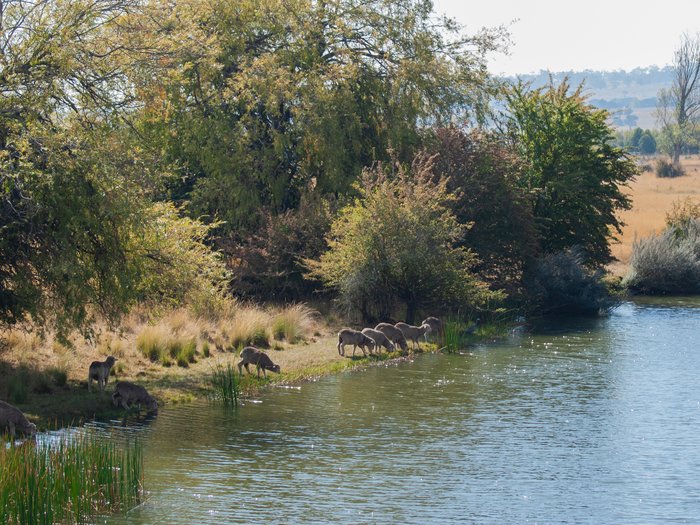
Livestock accessing rivers, creeks, and streams across the catchment can lead to the introduction of bacteria, viruses, and other organisms that can harm both humans and animals. These pathogens originate from faeces and the impact is felt by everyone who enjoys the estuary.
Background
Background
The Tamar Action Grants were part of the River Health Action Plan – Catchment Works Program, which provided to support a range of activities to improve water quality by reducing pathogen concentrations in the Kanamaluka / Tamar estuary. As recipients of a Tamar Action Grant, landholders were provided funding for projects to protect waterways including:
- fencing off waterways from livestock
- building stock crossings over waterways
- installing off-stream stock water
- revegetating stream banks
- associated weed control
- upgrading dairy effluent systems.
These works not only reduce pathogen levels but the amount of nutrients and sediment entering the estuary, while also helping make farms more productive and resilient.
“No one will remember how many lambs you produced or that sort of thing, but those trees will still be there when I’m dust.”
“No one will remember how many lambs you produced or that sort of thing, but those trees will still be there when I’m dust.”
James Peddie, Cluan Homestead
James Peddie, Cluan Homestead
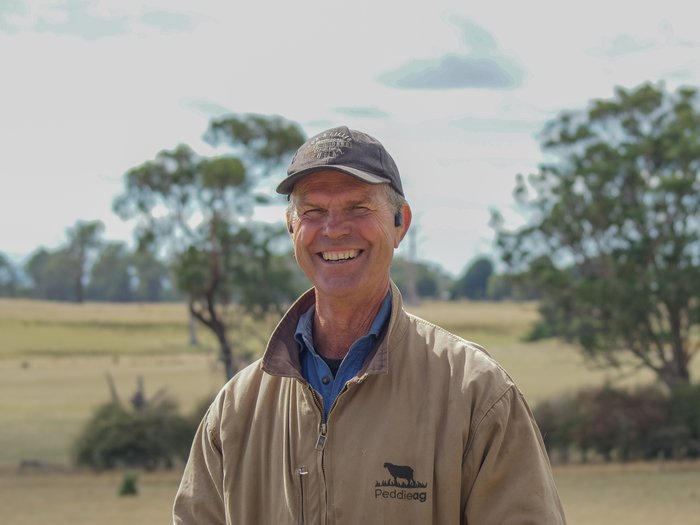
The 800-hectate Cluan Homestead, complemented by the 320-hectare West Ham, is a thriving prime lamb operation with 10,000 adult ewes and up to 17,000 lambs marked annually.
The bigger picture: Our shared journey
The estuary is central to our lives in northern Tasmania. It supports tourism, fishing, farming, recreation, and community connection.
While projects funded through Tamar Actions Grants took place on individual farms, the impact goes far beyond property boundaries. Each fence, tree and trough helped to create a healthier estuary and a stronger future for northern Tasmania.
This interconnectedness is precisely why we've produced two types of videos: beyond the paddock and on-farm case studies.
Beyond the paddock videos
These inspiring snapshots highlight how actions on farms translate into significant community-wide benefits. New videos will be shared periodically, stay tuned!
Revegetation of native species alongside our waterways
Native vegetation along our waterways is essential for sustaining the health and resilience of ecosystems like the Kanamaluka / Tamar estuary. Without healthy streamside vegetation, water quality deteriorates, biodiversity declines, and flooding risks increase.
Improving water quality in the Kanamaluka / Tamar estuary
Protecting water quality starts on the land. By fencing off waterways and managing effluent effectively, farmers are reducing harmful pathogens, improving stream health, and helping to safeguard the Kanamaluka / Tamar estuary for everyone.
Restoring natural landscapes by increasing vegetation connectivity
Restoring native vegetation helps reconnect natural landscapes. By fencing waterways and revegetating degraded areas, landholders are supporting wildlife movement, improving stream health, and boosting biodiversity across the Kanamaluka / Tamar catchment, now and into the future.
Restoring natural landscapes by improving stream health
By restoring streamside vegetation, landholders are reducing erosion, filtering pollutants, and protecting aquatic life. With TAG support, over 3,000 hectares have been fenced, helping create cleaner, healthier waterways for future generations.
Farmers reducing their contribution towards sedimentation in waterways
Estuaries around the world naturally contain mudflats, and the Kanamaluka / Tamar estuary is no exception. These mudflats are critical for migratory and wading birds, but excess sediment from upstream erosion threatens their function and the health of the entire estuary.
Improving the health of sheep, cattle and dairy cows
By fencing off waterways and installing alternative water sources, farmers are protecting livestock from diseases like Liver fluke and Leptospirosis, creating healthier conditions for sheep, cattle, and dairy cows while improving estuary health across Tasmania.
Improving the health of the Kanamaluka / Tamar estuary
By excluding livestock from waterways and improving effluent management, farmers are protecting water quality and public health. Tamar Action Grants have helped reduce pathogens by 7.8%, restoring the estuary for people, wildlife, and future generations.
On-farm case study videos
Real-life stories showcasing the journey of northern Tasmanian landholders, revealing their challenges, triumphs, and the transformative impacts their efforts have on our estuary. New videos will be shared periodically, stay tuned!
Rosemary Collins - Glenore Farm, Whitemore
Join us as we visit Glenore Farm in Whitemore, Tasmania, to hear from Rosemary Collins about her journey to improve water quality and restore natural habitats with the support of the Tamar Action Grants (TAG).
Tom Green - The Glen, Cressy
Join us as we visit The Glen in Cressy, Tasmania, to hear from Tom Green about his journey to improve water quality and restore natural habitats with the support of the Tamar Action Grants (TAG).
Ken and Jill Lawrence - Fermer, Osmaston
Join us as we visit Ken and Jill Lawrence at their dairy farm in Osmaston, near Westbury, to hear how they’re improving stock management, restoring habitat, and protecting water quality with the support of the Tamar Action Grants (TAG).
Jan Hamilton - Milford, Conara
Join us as we visit Milford Farm in Conara, Tasmania, to hear from Jan Hamilton about how she and her husband Geoff are improving biodiversity, water quality, and animal wellbeing with support from the Tamar Action Grants (TAG).
James Peddie - Cluen Homestead, Westbury
Join us as we visit Cluan Homestead near Westbury, Tasmania, to hear from James and Lucy Peddie about how they’re restoring waterways, improving farm resilience, and strengthening biodiversity with support from the Tamar Action Grants (TAG).
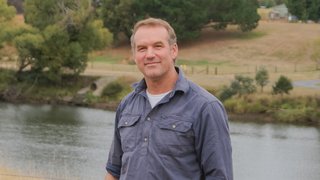
Coming soon - Marcus James
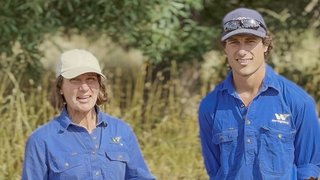
Coming Soon - Jo and Hugh Bradley
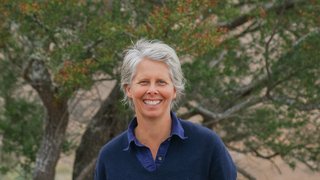
Coming soon - Claire Headlam
“I guess every little bit helps. If we're stopping sheep and cattle going and defecating in the river, along the river banks, that's just one burden less that the river has to cope with as it moves along.”
“I guess every little bit helps. If we're stopping sheep and cattle going and defecating in the river, along the river banks, that's just one burden less that the river has to cope with as it moves along.”
Jan Hamilton, Milford Farm
Jan Hamilton, Milford Farm
Get involved
Together, we've made significant progress, but this is just the beginning. With continued support, we can ensure the long-term health of the Kanamaluka / Tamar estuary, leaving a lasting legacy for future generations.
Whether you’re a landholder, community member, business, or visitor, you can support the future of the estuary.
- Watch and Share the videos
- Celebrate Success by following the series and supporting local action
New videos will be shared every week during the next couple of months. Stay tuned and help spread the word.
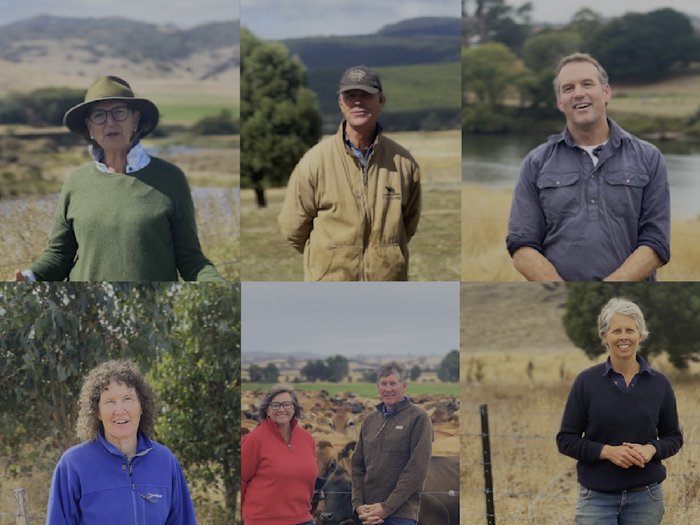
Jan Hamilton, James Peddie, Marcus James, Rosemary Collins, Ken and Jill Lawrence, and Claire Headlam were just six of the 140 landholders who were part of the Tamar Action Grants.
Partners
This project is funded through the Tamar Estuary River Health Action Plan, an initiative of the Launceston City Deal. ‘Working together for a healthy estuary'.
Partners
This project is funded through the Tamar Estuary River Health Action Plan, an initiative of the Launceston City Deal. ‘Working together for a healthy estuary'.
